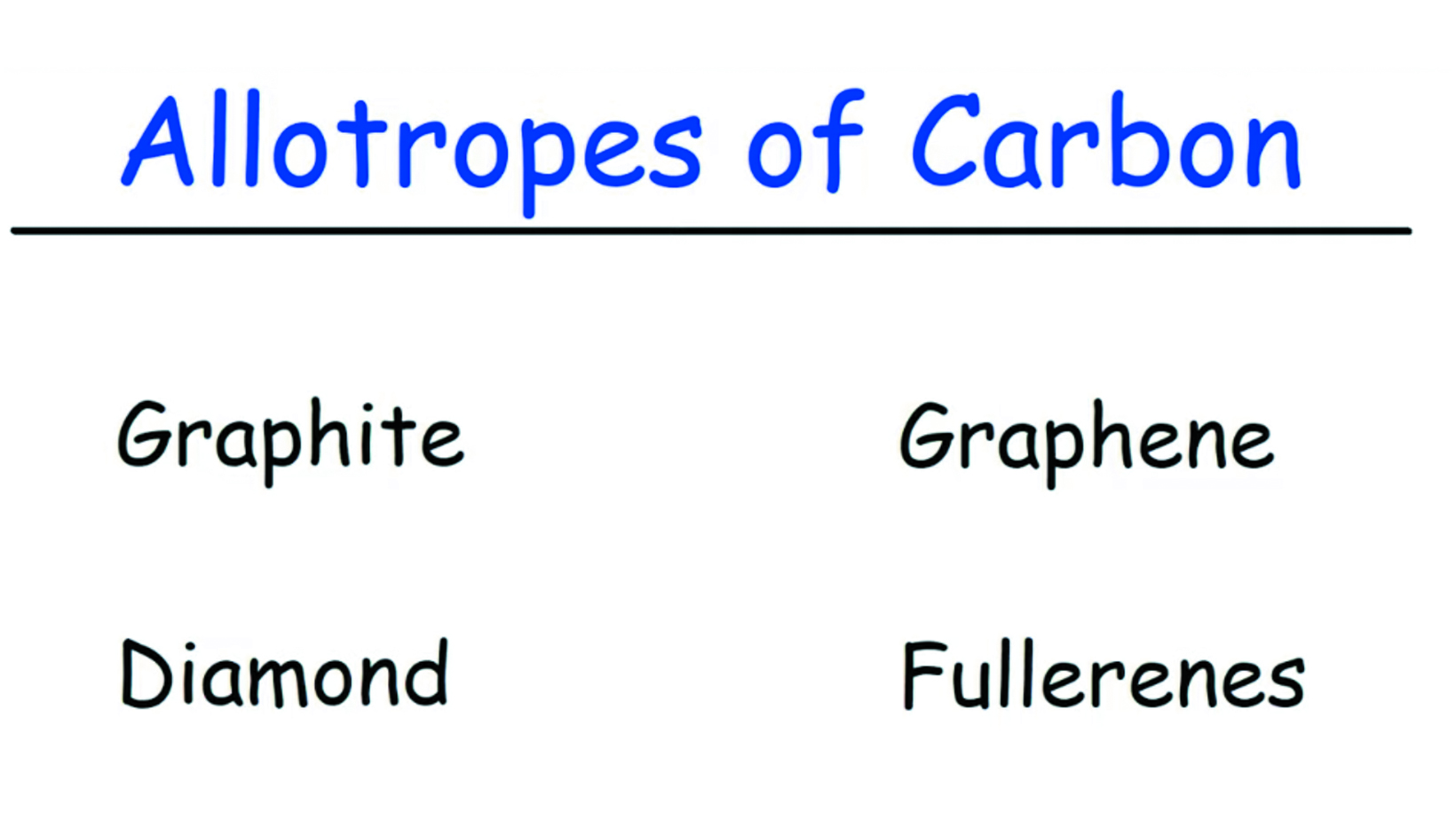Mowing Grass In The Past
When did the process of “mowing grass“, begin?
The desire for beautiful lawns and gardens spread over hundreds of years from the privileged aristocracy to the general population. Here in America we know that George Washington kept Mt. Vernon well manicured by having plenty of sheep around. Thomas Jefferson did likewise at Monticello.
Mechanical mowing came about early in the 19th century and there is a general agreement that an Englishman, Edwin Budding, an engineer at a textile mill, developed a cylinder, or reel-type mower. It was a series of blades arranged around a cylinder with a push handle patterned after a machine used in a cloth factory for shearing the nap on velvet.
In 1870, Elwood McGuire of Richmond, Indiana designed a machine that basically brought push mowing to the masses. By 1885, America was building 50,000 lawnmowers a year and shipping them to every country on the globe.
As America moved into the modern industrial age of the 20th century, walk-behind reel mowers were responsible for keeping America’s neighborhoods of the 20’s, 30’s and 40’s neat and attractive.
During the post war boom era, America’s neighborhoods turned into sprawling suburbs… and the introduction of the gas and electric powered lawnmower gave rise to a new era of lawn care.
Between 1953 and 1959 the power rotary mower that we recognize today began to outsell the reel mower by a ratio of 9 to 1. The rotary mower was designed with a single rotating blade under a cutting deck, powered by a gas or electric engine.
In the decades to follow, a wide variety of gas and electric powered lawn and garden products were introduced — all designed to provide time saving convenience that allows for maximum enjoyment of our suburban lifestyles – keeping our lawns and gardens beautiful and enhancing property values.
Mowing Grass Today
In the 21st century, outdoor power equipment helps us perform more earth friendly chores. Mulching and composting yard waste, is now manufactured with low emission engines and cordless electric technologies.
Mowing properly is as important as watering and fertilization. If not mowed correctly it will greatly affect your program. Good mowing practices enhance a turf more than any other cultural practice and help with density, texture, color and root development.
Mowing is primarily a function of the growth rate of grasses. Since grasses continually interact with their environment, the growth rate changes in response to environmental changes. The turf manager has to recognize the need to change mowing practices accordingly.
1. What kind of terrain are you going to be maintaining? Stony, swampy, hilly or flat will help you decide what type of mowing equipment is going to be needed (reel or rotary, large or small, push or tractor).
2. What is the size of the area. The larger the area is, the larger the mower will need to be. This will help in labor cost which will always be your most expensive item in the budget. Over the past several years labor has been the greatest increase in cost for turfgrass maintenance.
3. The more simple the mower the less down time you will have. Bells and whistles are great, but remember that the more moving parts you have, the more things there are to break.
The 411 on Mowers
The reel mower consists of a shaft equipped with blades rotating between two wheels with a stationary bedknife. The grass blades are cut as they are caught between the reel and bedknife. Properly adjusted reel mowers cut the grass just as clean as a sharp pair of scissors. Reel mowers are more efficient, when mowing grass, than rotary or flail mowers and they will also give a higher quality cut. They also consume less fuel (up to 50% less).
A rotary mower consists of a horizontally rotating steel blade which cuts the grass by impact at a high rate of speed, much like a sickle. So long as the blade is sharp the cut is good. Once dull the blade will tear or shred the leaf blade fraying the tip of the grass blade.
Rotary mowers are easier to sharpen and much easier to maneuver over sidewalks and curbs making it the choice of most landscapers but on golf greens and sports fields the reel would be more likely used.
The most important aspect is the frequency of mowing a turf. Frequent mowing of turf is optimal. If watered and fertilized correctly you can double the look of a turf by increasing the mowing from once a week to twice a week. You can again double the look if you increase to every other day instead of twice a week. Remember that everyone wants their lawn looking like a putting green. Putting greens are mowed daily (sometimes twice a day).
Use a higher setting if you are only able to mow once a week. The more often you mow the lower the setting can be. Never cut more than 1/3″ off of the plant. Mowing grass in this manner can scalp or leave burn marks on the turf. It can also damage the grass.
Sharpen mower blades as often as you can. Homeowners should sharpen at least 2 to 3 times per year. Sharpen commercial mowers weekly.
Mowing In The Future
We are already getting a glimpse of our mowers of tomorrow. The simplest models are small robotic mowers that run continuously on your lawn. Operated by solar power, they make little to no sound. Additionally, equipped with a computer, they memorize the shape and size of your lawn for more accurate mowing.
The newest mower uses lasers instead of blades to cut the turf. The precision of the cut is within one millimeter of the desired set height. Neither the robotic mowers or the laser mowers produce any emissions so they are both very environmentally friendly.
Review our website to learn more and ask for Greensmiths products by name.




